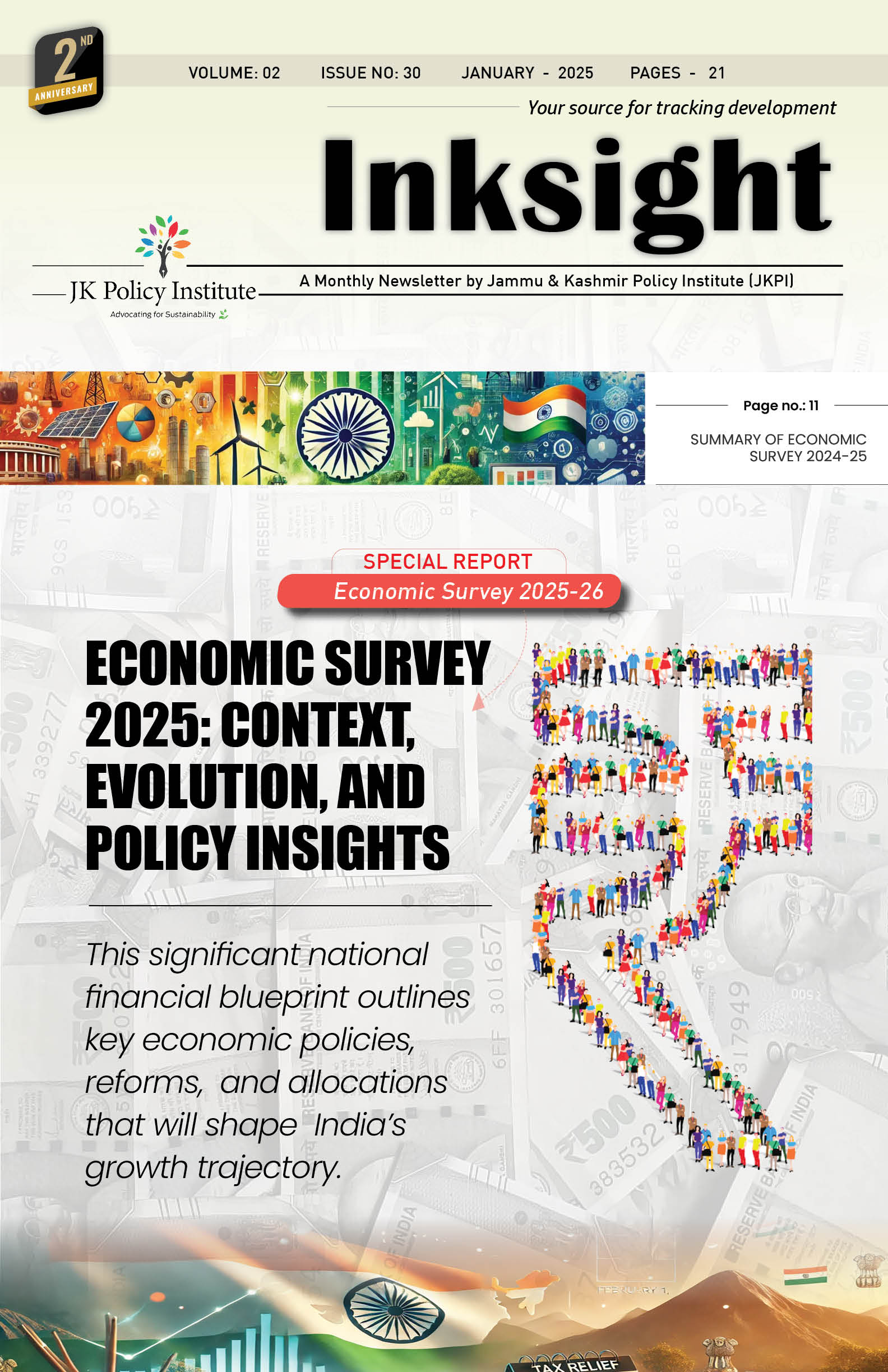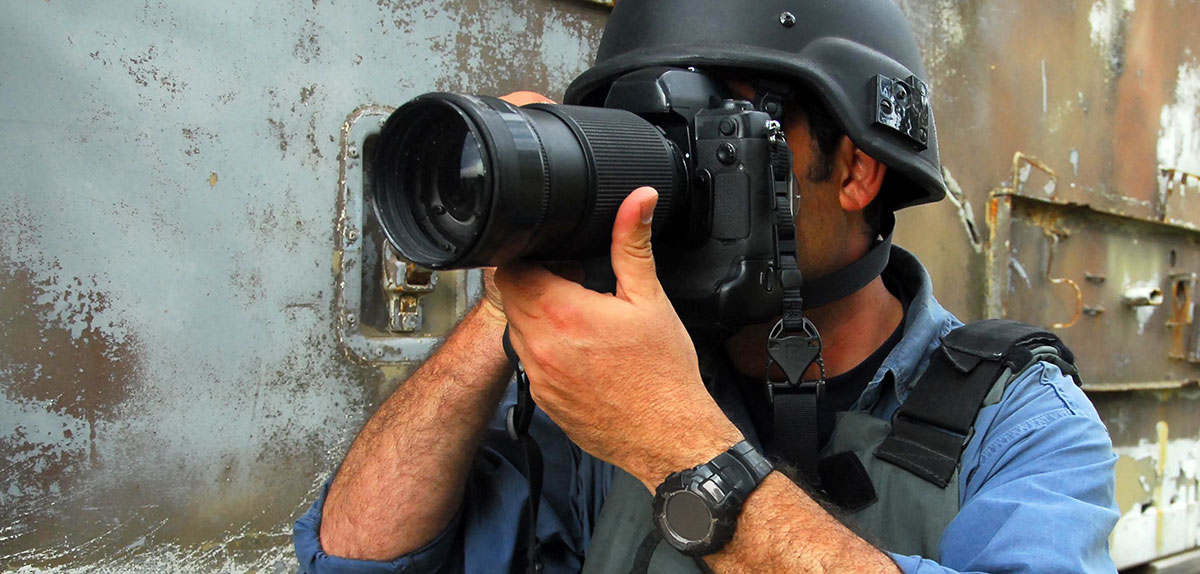Although any conflict can be explained and defined in terms of a plethora of reasons and causes, what, however, runs as a common thread in all conflicts is the difference(s) –both real and imaginary –in the opinions, perceptions and the interests. Differences create a divide between the US and THEM. Difference makes the others look OTHER (different). Argues William Ury in the ‘Third Side’: “dealing with the differences is today one of the greatest challenges facing human beings.”
While the poets and philosophers, academicians and social scientists are busy discussing and evolving with the means and mechanisms for containing differences so as not to let it breed conflict; conflict, however, remains, the uncomfortable and ugly reality of life.
“Conflict flows from life; it also creates life,” says peace scholar-practitioner John Paul Lederach while stressing that conflict need not necessarily be viewed as a threat, for it provides the opportunities to grow and to increase understanding of ourselves, of others and our social structures. For him, conflicts can be understood as a “motor of change”, that which keeps the relationships and social structures honest, alive and dynamically responsive to human needs, aspirations and growth.
Moreover, the saving grace also is that not all conflicts are essentially violent. Besides coercion, there are also numerous other ways of resolving conflict and ending dissent. Unfortunately this simple logic has seemingly failed to appeal to human comprehension; therefore, violence remains the preferred way of venting (expressing) dissent, if not always for ending it.
While conflicts propel and sustain normal life processes on one hand, on the other, if allowed to grow unchecked, they can easily result in problems of mammoth magnitude which then threatens and disrupts not only various processes of life, but the LIFE itself as a whole.
This is exactly what has happened in Kashmir. And the most unfortunate thing has been that the region’s mental mass, the intellectual class, including the media and academia, which was, and should have been able to understand the dynamics that led to, and subsequently perpetuated the conflict here in its worst violent manifestation, not only did nothing to save the situation and the society from falling into the conflict trap characterized by a vicious cycle of violence, it has also knowingly and unknowingly contributed in aggravating the situation here.
The conflict which initially began as discontent of a chunk of population towards the system they felt didn’t own and respect them within its democratic fold, transformed within no time into a a protracted and bitter dispute, and media’s (intelligentsia’s) role has been a big contributing factor in adding to the ugliness of the situation.
Without going into the political causes or the legitimacy or otherwise of the violent separatist insurgency (militancy) that began in 1989, media/intelligentsia in Kashmir, in a bid to seek its own relevance in the changed situation and circumstances, chipped in replacing the reality with a wild and self-serving fiction, legitimizing the worst prejudices of the masses and the paranoia of the outside world.
In ‘War is a Force that Gives Us Meaning’, Chris Hedges writes: “lurking beneath the surface of every society is the passionate yearning for a nationalistic cause that exalts us, the kind that war alone is able to deliver.”
In the face of the warlike situation in Kashmir during the early nineties, what was perceived as a “nationalistic cause” then erased the anxiety of individual consciousness, and more or less every section of the society, including the members of the Fourth Estate, academia, lawyers and those who make up for the ‘intellectual cream’ of any society “abandoned the individual responsibility for a shared, unquestioned communal enterprise, however morally dubious”.
So when the crusade was embraced as popular culture, the myths predetermined how everything was perceived. And today when many of those myths have imploded, as suddenly as they had ascended and descended, it’s but natural to question the motives and actions of all those who had once created those myths. And of course, it is this reality that puts the media’s role in conflict in perspective here, and today we are trying to intellectualize what happened, why and how.
In the wake of conflict, what the media (intelligentsia) did in Kashmir is that it ignited the “national myths” here, gave some people a nobility and greatness they never possessed.
In Kashmir, the media was compelled to follow a particular line deprived of any objectivity, especially during the first six years of the militant/ separatist movement. Opinions were characterized as facts. The facts were dismissed or denied, and even the apparent inconsistencies were ignored not only by the media but even by the public.
Today, when the lights are again spotted on the media here, it tends to behave as if there is a ‘Midsummer Night’s Dream’ quality to its war experiences, as if it doesn’t quite remember what happened. But once we try and delve deep into our personal conscience, or use finger nails of logic and objectivity to unravel the knots of what is seemingly our collective amnesia, we will have to do a lot of explaining — both to our OWN-selves as well as to the society of which we formed the privileged class, its Fourth Estate.
In the face of the chaos, confusion and unbridled violence or threats of violence that characterized the early nineties in Kashmir, as would have happened anywhere in the world with any people, there were not many who were willing to risk discomfort, censure or violence just by saying or writing what they felt was right, or by opposing what they thought was wrong. There was certainly a frightening indifference and a willful blindness on part of the media. Such indifference, such acceptance of the nationalist self-glorification turned the media into a silent accomplice.
Role of the media in any conflict situation, including in Kashmir can be understood in terms of a continuum of independence. On either side of that continuum would be those situations in which the media becomes a tool in the hands of combatants – either the government or those against the government. In the middle of the continuum, media plays the role of an informed intermediary whereby it provides objective and often helpful information about any given situation, event or happening.
In these situations, what must inarguably be the ideal role for the media is providing independent reports and analyses about what is going on. The news media must combine information from a variety of sources that allows it to construct more balanced and sophisticated stories about what is happening.
However, what happened in Kashmir is that the media placed itself at the extreme ends of this continuum. If one overlooks the factors of threats and coercion that were also at play, the media told people only what it was asked to tell them by the combatants – the government and its agencies on one side, and militants on the other. And as happens in conflict situations, truth became the casualty, and objectivity was simply lost either to coercion or to the media’s personal greed and euphoria of the time.
Another useful way of understanding the role of media in a conflict situation is looking at the given political context so as to understand how political actors (and combatants) and journalists interact within the situation, and then examine how the resulting news stories influence the conflict itself. Understanding how this ‘politics-media cycle’ operated in Kashmir in the beginning of the violent conflict and in later years, as also how it operates now certainly provides an important clue to understanding the role of the media during any point of time.
While analyzing this ‘politics-media cycle’, it needs to be remembered that the changes in the political environment (or conflict situation) leads to changes in the role of news media and then leads to further changes in the overall political environment or conflict situation.
Media have been and are a party in disseminating and propagating the carefully choreographed performances that make up the body politic. The political environment in Kashmir in the early nineties was volatile and as such it influenced the media of the time whose reportage and analyses of events and happenings, situations and their causes in turn further influenced the political environment of the time. Had the society in general and the media in particular reacted to the situation with the care and caution it demanded, of course we would certainly not have been sitting here discussing this topic. And in case we would still have been, certainly the burden of guilt and culpability would not have been weighing our collective consciousness down.
Media, it must be said, owes an apology to the people for having for its own fears and interests blurred the distinction between real and political entertainment, and infused a moral purpose into the trivial and the commonplace. The members of the fraternity, who at some point of time also felt maligned, alienated and ignored by one side or the other, have also been part of the nation of self-appointed agents of the divine will.
It must apologize – say sorry to the people who it has led astray because it (media) lacked the courage to endure pressures of varied sides. It must apologize to the collective conscience, and seek forgiveness of God for having faltered in upholding the truth and objectivity and for continuously changing its ideological iconography.
References:
A force that gives us meaning
https://meh.religioused.org/web/tensegrities/2004/11/19/a-force-that-gives-us-meaning/
A mythic reality
https://www.nytimes.com/2004/09/07/opinion/a-mythic-reality.html



Leave a Reply
You must belogged in to post a comment.